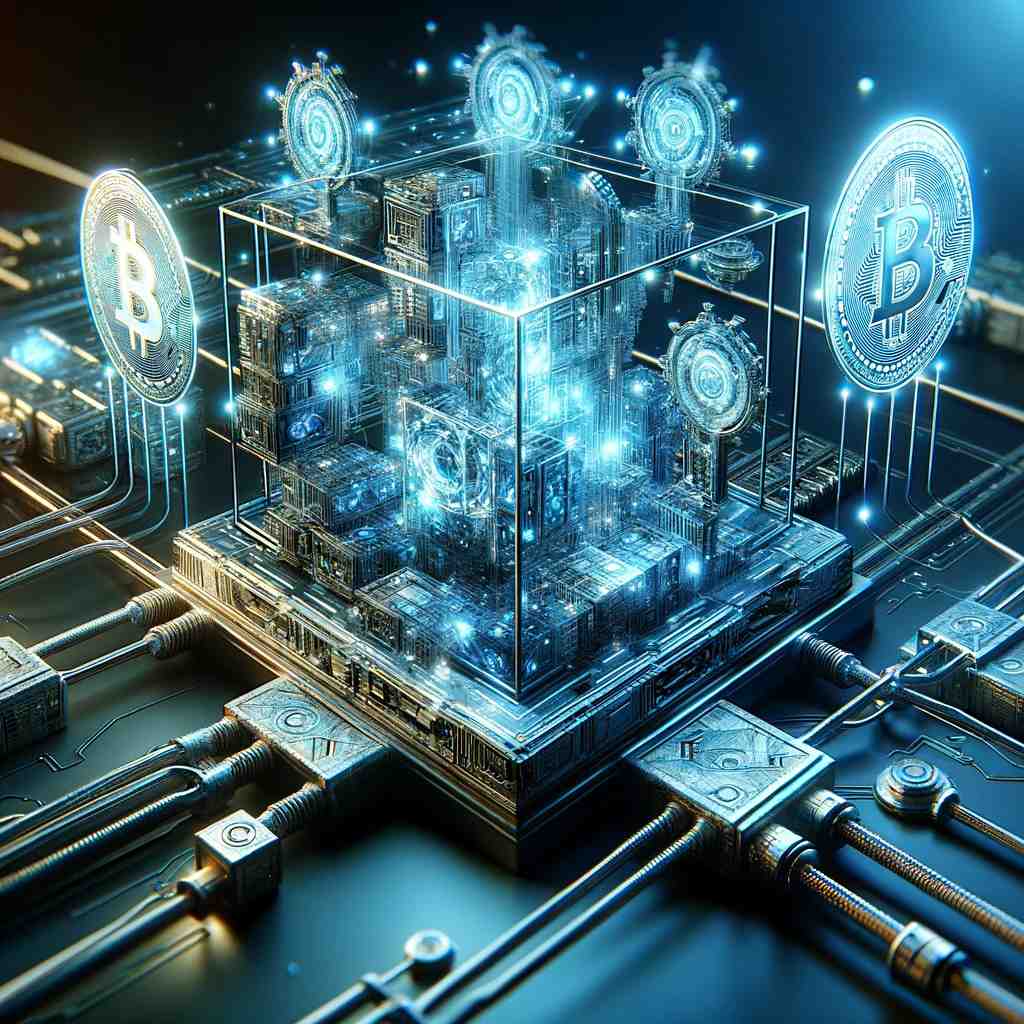
Bitcoin mining is a fascinating process that lies at the heart of the cryptocurrency’s infrastructure, ensuring both the creation of new coins and the integrity of all transactions on the network. This article delves into the intricacies of Bitcoin mining, offering a clear view of how it operates, the technology involved, and its critical role in maintaining the decentralized ethos of Bitcoin.
Introduction to Bitcoin Mining
Bitcoin mining is the process by which new Bitcoin tokens are introduced into circulation, but it is also a critical component of the maintenance and development of the blockchain ledger. It is performed using very sophisticated computers that solve extremely complex computational math problems.
The Role of Miners
Miners are individuals or companies that use their computing power to keep the Bitcoin network secure by approving transactions. Mining is a kind of decentralized Bitcoin data center with miners all over the world operating without being controlled by any single entity. This process is crucial as it prevents the double-spending problem, a potential flaw in digital cash systems where the same single digital token can be spent more than once.
Other Articles
How Bitcoin Mining Works: A Technical Overview
- Transaction Verification: Each transaction is broadcast to the network and ends up in a pool of unconfirmed transactions. Miners pick up these transactions and bundle them into what is known as a block; however, before the transactions can be added to the blockchain, miners must verify that the sender has enough funds to complete the transaction. This involves solving a complex mathematical puzzle that forms part of the mining process.
- The Process of Mining: The main goal of mining is to set a hash of a block of transactions that needs to be lower than or equal to the target hash, essentially solving a complex puzzle. The first miner to solve the puzzle and validate the block receives a reward in Bitcoins; this is known as the block reward. The process involves guessing at many nonce values, which are combined with the data in the block and then passed through a cryptographic hash function.
- Mining Difficulty and the Network: Bitcoin’s protocol adjusts the computational difficulty of the puzzles to finish a block every 10 minutes. If many miners join the network and blocks are mined too quickly, the difficulty increases. If many miners leave the network and blocks are too slow to be discovered, the difficulty decreases.
Mining Hardware
Bitcoin mining today requires powerful computers specifically built for mining as it has become highly competitive and less profitable for standard computers over the years. The types of hardware used include:
- CPU (Central Processing Unit): Used in the early days of Bitcoin, mining with CPUs is now mostly obsolete.
- GPU (Graphics Processing Unit): Popular among individual miners, GPUs are capable of executing more complex algorithms required for mining.
- ASIC (Application-Specific Integrated Circuit): These are the most powerful mining devices available today and are designed specifically for mining cryptocurrencies.
The Economics of Bitcoin Mining
Mining profitability is determined by several factors, including the cost of electricity, the efficiency of mining hardware, and the current price of Bitcoin. High energy consumption is one of the biggest costs related to Bitcoin mining, as the required computational power consumes substantial amounts of electricity.
Environmental Impact
Bitcoin mining’s high energy consumption has led to concerns about its environmental impact, especially in regions where power is generated through non-renewable sources. This has prompted discussions about the sustainability of Bitcoin mining and the search for more energy-efficient methods of conducting the mining process.
The Future of Bitcoin Mining
As more bitcoins are mined and as more transactions are processed, the complexity of the puzzles in need of solving becomes greater. This could potentially increase the time it takes to mine new bitcoins, although the built-in difficulty adjustment of the Bitcoin network is designed to keep the average time between new blocks at ten minutes.
Additionally, the block reward given to miners halves approximately every four years, in an event known as “halving.” The next halving is expected to reduce the block reward further, making mining less profitable unless there is a compensatory increase in the price of Bitcoin.
Conclusion
Bitcoin mining is more than just creating new bitcoins; it is the backbone of the entire Bitcoin network, providing the necessary security and infrastructure to maintain a decentralized payment system. As technology advances and more efficient mining solutions are developed, the face of mining may change but its importance to the Bitcoin ecosystem remains undiminished. Whether Bitcoin mining can become completely sustainable is still up for debate, but it continues to be an area ripe for innovation and improvement.







